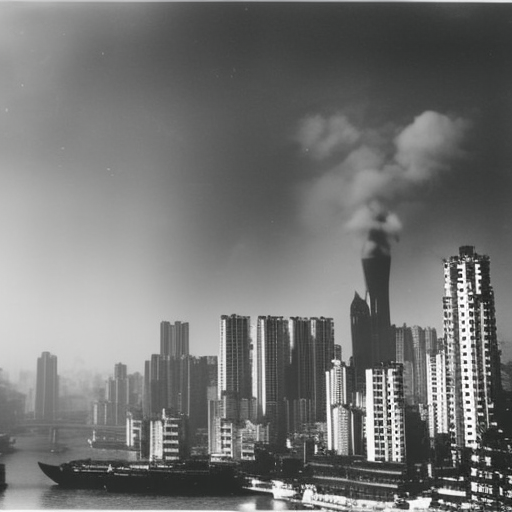Bombing of Chongqing
The Bombing of Chongqing was a series of air raids carried out by the Japanese Imperial Army during World War II. It took place from 1938 to 1943 and targeted the Chinese city of Chongqing, which served as the provisional capital of China at the time. The bombings were part of Japan’s strategy to weaken Chinese resistance and force the Chinese government to surrender.
Background:
In 1937, Japan invaded China and initiated the Second Sino-Japanese War. The Chinese government, led by Chiang Kai-shek, relocated its capital to Chongqing, a mountainous city located far inland. Chongqing’s remote location made it difficult for the Japanese to attack by land, so they turned to aerial bombardment as a means to break the Chinese resistance.
The Bombings:
The bombings of Chongqing began in February 1938 and continued for over five years. The Japanese Imperial Army carried out relentless air raids, dropping bombs on the city day and night. Chongqing was a densely populated area, and the bombings caused immense destruction and loss of life. The Japanese used various types of bombs, including incendiary bombs that caused widespread fires and destroyed large parts of the city.
Impact:
The Bombing of Chongqing had a devastating impact on both the city and its residents. The constant bombings created a climate of fear and uncertainty, with civilians living in constant danger. Many people were killed or injured, and countless homes, buildings, and infrastructure were destroyed. The bombings also disrupted daily life, with schools, hospitals, and businesses being forced to operate in underground shelters.
Resistance and Resilience:
Despite the destruction and loss of life, the people of Chongqing showed remarkable resilience and determination. The Chinese government and military worked together to provide support and assistance to the affected population. Underground shelters were built, and air raid warning systems were put in place to minimize casualties. The bombings also strengthened the resolve of the Chinese people to resist the Japanese occupation.
International Attention:
The Bombing of Chongqing attracted international attention and condemnation. Journalists and photographers from various countries documented the destruction and reported on the suffering of the Chinese people. The bombings were seen as a violation of international laws and norms, and they contributed to Japan’s negative image in the international community.
End of the Bombings:
The bombings of Chongqing eventually came to an end in 1943. The exact reasons for the cessation of the bombings are complex and multifaceted. Factors such as the diversion of Japanese resources to other fronts, the increasing effectiveness of Chinese air defenses, and the changing strategic priorities of the Japanese military all played a role. Additionally, the United States’ entry into the war after the attack on Pearl Harbor in 1941 shifted the balance of power and put pressure on Japan to redirect its military efforts.
Legacy:
The Bombing of Chongqing left a lasting impact on the city and its people. Chongqing became a symbol of Chinese resilience and resistance against Japanese aggression. The bombings also highlighted the brutality of war and the suffering endured by civilians caught in the crossfire. Today, Chongqing commemorates the bombings with museums and memorials, ensuring that the memory of this tragic event is not forgotten.
In conclusion, the Bombing of Chongqing during World War II was a brutal and destructive campaign carried out by the Japanese Imperial Army. The bombings caused immense loss of life and destruction, but they also strengthened the resolve of the Chinese people to resist the Japanese occupation. The international attention garnered by the bombings contributed to Japan’s negative image and highlighted the suffering of civilians in war. The legacy of the Bombing of Chongqing serves as a reminder of the human cost of conflict and the importance of peace.












